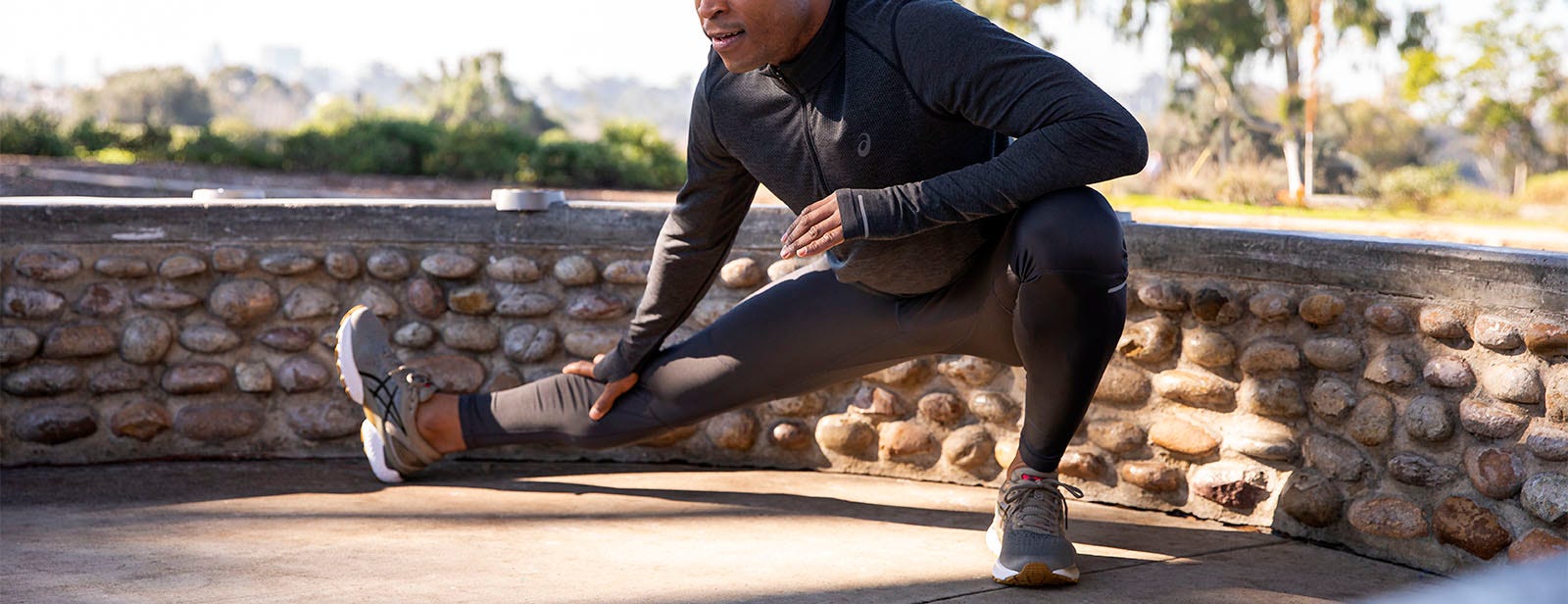
What You Need to Wear for Running in Cold Weather
August 13, 2017 / ASICS Australia
It’s important to have the right running gear. Whether you’re running in wet weather, winter weather or whatever not-so-perfect conditions your home base experiences, you need to be ready rain or shine.
Heavy outfits can weigh you down and slow your time, while wet clothes can quickly become uncomfortable and can also cause chafing.
That’s where layering comes in. When it comes to running in cold weather, layering is based on three main elements:
- base layer – the bottom layer, which sits tighter to the body
- mid layer – provides extra warmth on top of the base layer
- outer or shell – this protects you from the wind and the rain
In unpredictable weather, you’ll probably only want to wear two layers – the full three is usually best reserved for the coldest days of the year.
Layering Up For Frosty Mornings
Heading out for a long run on a cold morning poses two main issues:
- Cold Starts – In cooler weather your muscles don’t contract with the same intensity as when it’s warm. You also burn more carbohydrates in the cold and become less efficient at using oxygen so you can tire quicker, too.
- Warming Up – As the sun comes out and you warm up, you run the risk of overheating. As you overheat, blood rushes to the skin to release sweat, meaning less blood is being pumped into your muscles. This can cause tiredness and, depending on how hot you get, dehydration too.
So, start off warm with a base and a mid layer and as you get into your run, take a layer off to regulate your body temperature.
Your base layer should therefore be a breathable fabric, with plenty of ventilation so you can avoid overheating once the weather warms up. However you dress, it’s important to build flexibility into your outfit.
Running In The Wind
When you’re running in windy conditions, the increased air resistance means you need to work harder to maintain your pace. This may cause you to sweat more.
But if it’s windy, this will also make you feel colder, too, as the wind hits the moisture on your skin. So your base layer needs to be quick-drying to remove sweat from the skin while your outer layer, or shell, serves as a shield to keep the elements at bay.
Protectt Yourself From The Rain
Just like with sweat, the running in the rain can cool you down, but it can also cause uncomfortable chafing.
If rain is in the forecast, your outer layer should be made of a water resistant material like softshell or ripstop. Unlike everyday raincoats, they’re specially designed for running and provide ventilation as well as wicking sweat away from the skin to prevent you from overheating.
Get the gear:
- Save having to carry your layers with a packable jacket
- Find your base and mid layer with our running clothing collection